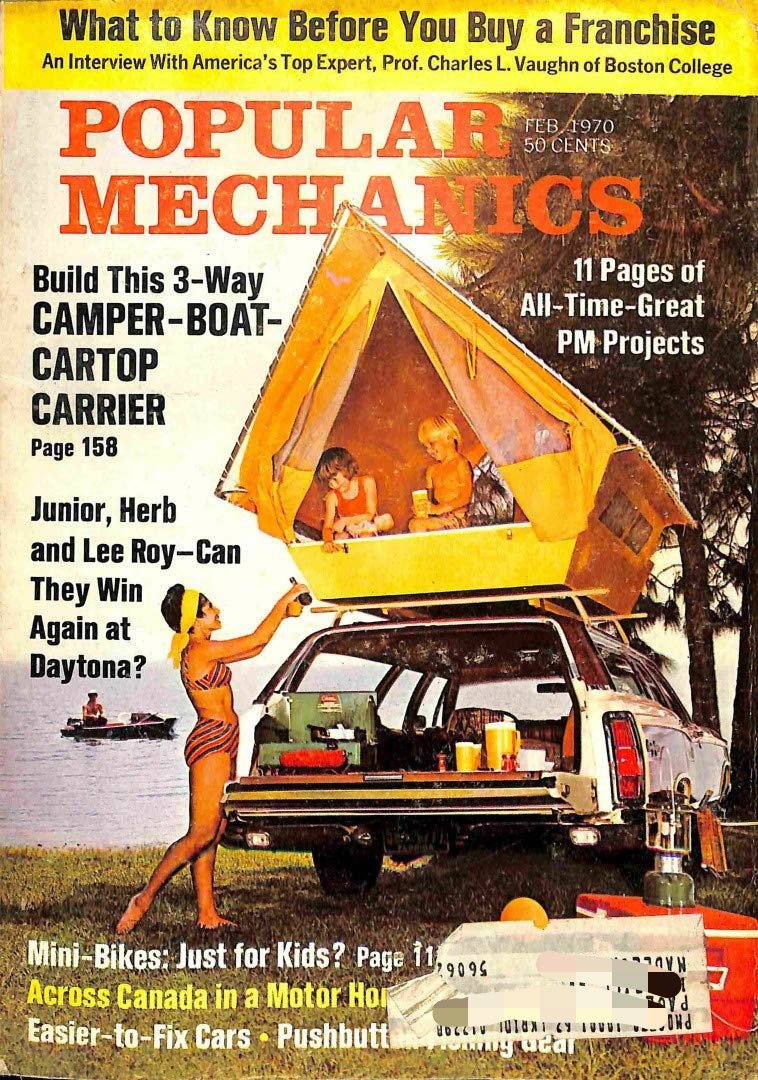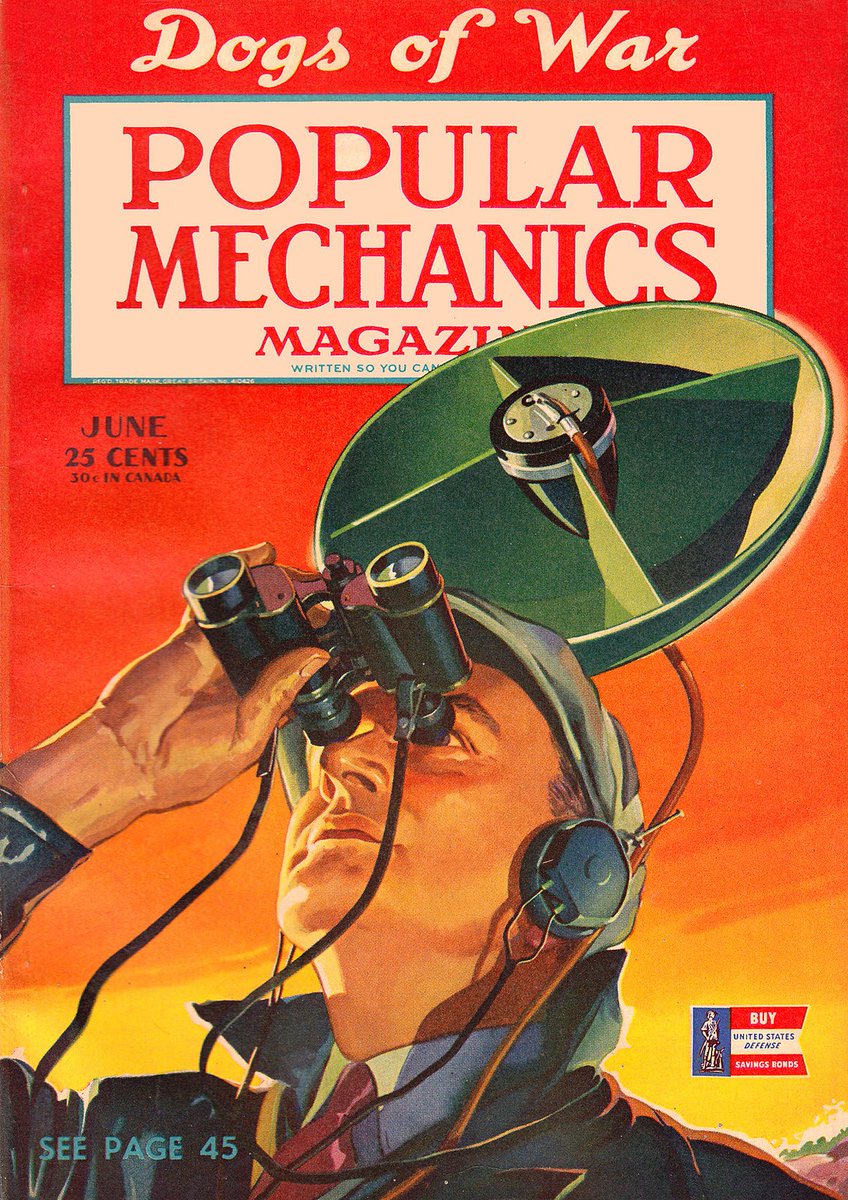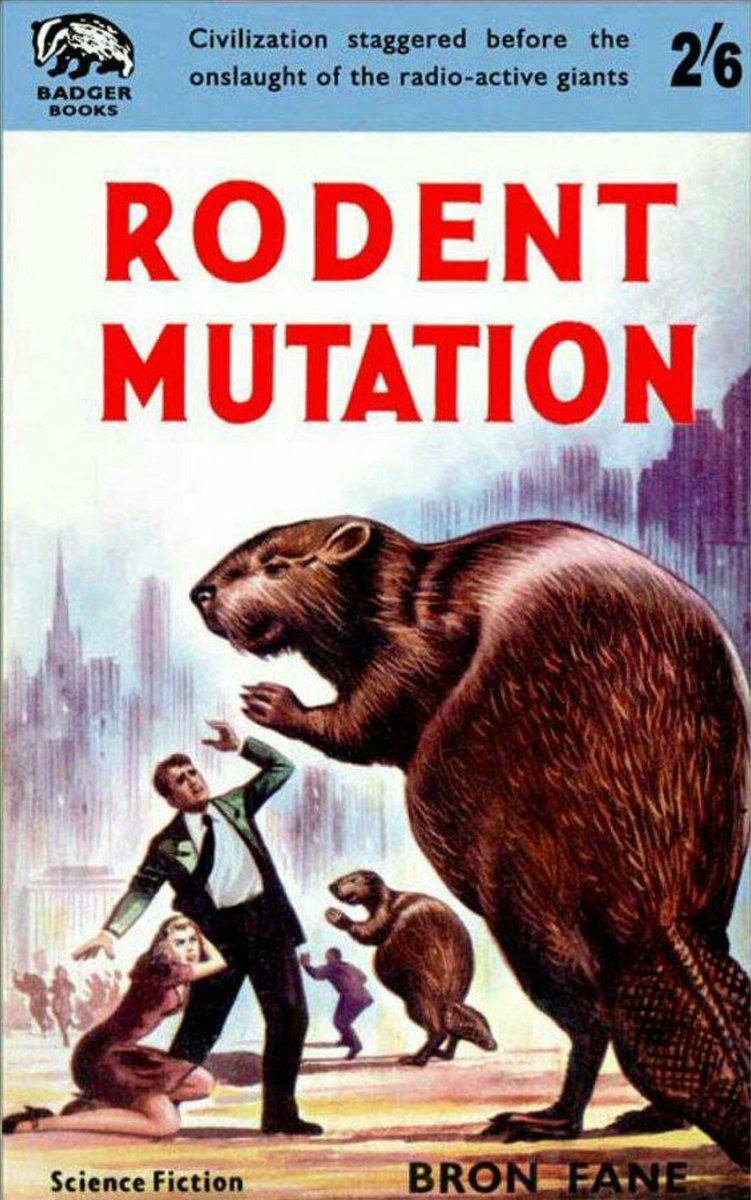
Today in pulp I look at time travel. It's full of paradoxes but there's one we rarely explore: does it break the Law of Conservation of Energy?
Let’s investigate…
Let’s investigate…

Time travel is a staple of pulp science fiction and it often involves a paradox: changing history, killing your grandfather, creating a time loop etc. Solving the paradox, or realising too late that one is happening, is half the fun of these stories. 

Thinking about the nature of time is also fun. Does it exist or is it emergent? It is a local or global event? How many dimensions does it come in? Why is there an ‘arrow of time’? There are many possible answers. 

One thing time travel does involve is rule breaking! Or does it? Many fundamental equations are time symmetric. Entropy may be locally reversible. And if we live in a multiverse there are many ways to avoid possible paradoxes. So can we game the system? 

Well there’s one law that’s hard to game: if we do create a time machine we’ll need to think of a way to deal with the Law of Conservation of Energy. This rarely pops up in time travel stories, but it’s a doozy! 

The Law of Conservation of Energy states that the total energy of an isolated system remains constant. Energy can neither be created nor destroyed; rather, it can only be transformed or transferred from one form to another. 

And it is a Law. Time translation symmetry depends on it, and without that we will struggle to prove that the laws of physics are timeless and apply everywhere in the Universe. 

Energy conservation also affects mass, as mass is related to energy via E=mc². Crudely put mass is frozen energy. That means we need to conserve mass and energy when applying the Law. Probably. 

Now there is a bit of a legal loophole in general relativity when it comes to curved spacetime. In general - for isolated systems and single observers - relativistic mass is conserved in spacetime, but different observers can see different values. 

And time crystals were discovered in 2017: particles who are in perpetual motion at their lowest energy state, which break time symmetry. We know quantum states break many rules. However those rules still apply to us at the macro level. 

In short, it still holds that the amount of mass and energy should remain conserved - at least where you live. So what happens when Doctor Who pops round for tea? 

Well we have a problem. As soon as the TARDIS arrives in the tea room we have a large amount of mass and energy suddenly being added to the universe at that particular time. A similar amount has just vanished from the place the Doctor left. Is this allowed? 

Now put aside the fact that the Doctor’s also changed the local amount of entropy in the tea room, let’s just look at all this mass and energy that’s turned up! We’ve clearly broken the Laws of Conservation, which isn’t allowed. So how can we get away with it? 

There are four broad ways you can game the Laws of Conservation. The first is to deny they are Laws and simply agree that they are habits. As noted there are some exceptions to the Laws that we have already observed. 

The consequences however are huge. Are all Laws just habits? Do Laws evolve over time? Is there no universal physics? Predictability goes out of the window and the eternalist view of the Cosmos soon follows. Scientists will be very grumpy. 

The second route is to treat time travel as a special case: the Laws apply for as long as time travel remains uninvented. As soon as we invent it the Laws change. Time travel therefore becomes an important and non-reversible event in the Cosmos. 

This means… more paradoxes! Does time travel cause the Laws to break throughout history, or only to areas we time travel to? Is the time traveller exempt from the broken Laws? Can the TARDIS be a perpetual motion machine? It’s a lot to consider. 

The third route is to say the Laws are not localised. You can steal energy and mass from the future and move it to the past in the same way you can move a burning candle from one room to another: energy is still conserved in total, measured across the totality of time and space. 

This makes time travel a great way to get almost unlimited energy: borrow it from the future! And if time travel requires a huge energy source then why not have a bootstrap paradox and get that energy via time travel in the first place. 

The fourth method is probably the easiest, relatively speaking. An amount of energy and/or mass equivalent to the TARDIS is taken from the tea room and sent back to the time and place the TARDIS departed from. Basically you rob Peter to pay Paul. 

In this scenario time travel is really about mass/energy swaps between time periods, which in itself leads to a novel paradox... 

Suppose you don’t have a TARDIS and you travel to the past via a wormhole. Does that mean someone the same size as you has to travel in the opposite direction too? What if that person is also you?
Happy paradoxes everybody!
Happy paradoxes everybody!

• • •
Missing some Tweet in this thread? You can try to
force a refresh




























